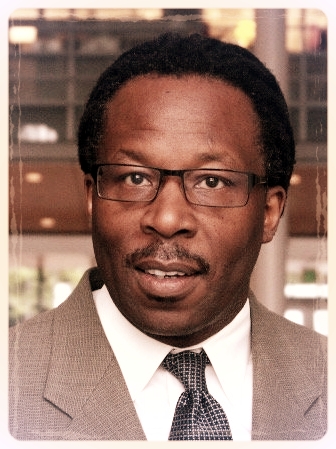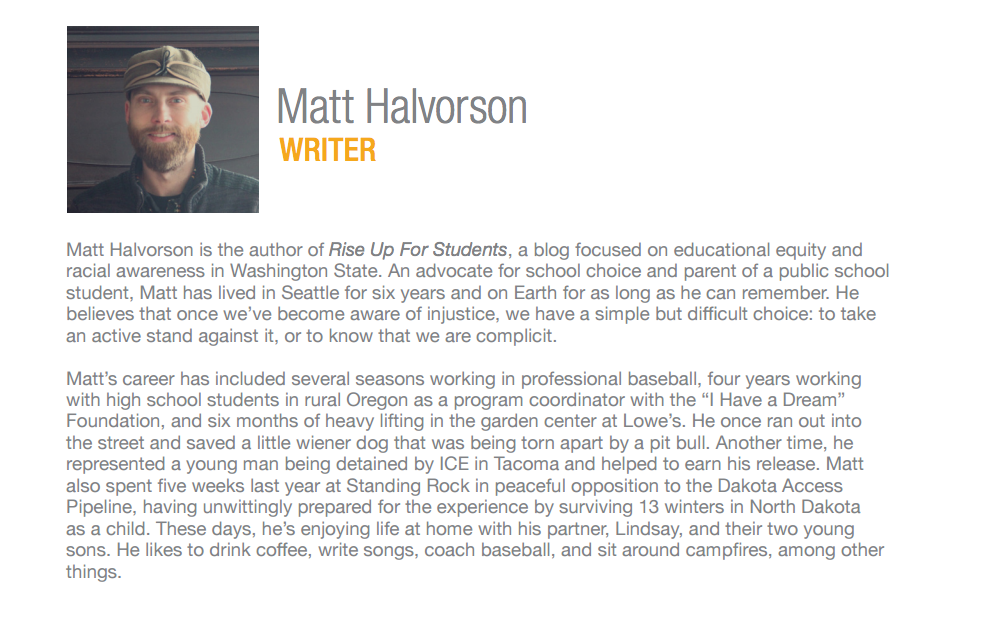My heart is full of love, but I feel no peace.
My mind finds hope, but little comfort.
The world I grew up knowing does not exist. How bizarre!
We are told that the 4th of July is a celebration of our independence.
Independence from what? From ourselves? From each other? From the beauty of community and connection to the spirit of the Earth?
That’s not independence, it’s disconnection. It’s theft.
Happy Disconnection Day. Did you notice they’d stolen something from you?
We are told that the 4th of July is a celebration of freedom, of liberty. In God We Trust, we are told.
But the word liberty has been hollowed out and left meaningless through its continued celebration without true consideration of the reality of the present.
That's the hypocrisy of the founding fathers, the yin and yang of our nation's birth. While writing about the need for life and liberty, our forefathers supported, in theory and practice, the enslavement of people of African descent. They were condoning the genocide of the indigenous people of this continent, labeling them "merciless Indian savages" in the Declaration of Independence itself. They were embedding classism and a disdain for people from low-income backgrounds into the DNA of our “new” country.
We perpetuate our capacity to ignore by denying the common threads between historical and current events, threads that could remind us, if we're listening, that oppression undergirds everything around us, from our systems, structures, and institutions to our ways of relating with one another and to ourselves.
I hear the 4th of July calling out to me to live like I know what I know. To listen to the strongest part of me that knows what’s right and what’s wrong, damn it. The part of me that demands that we stop using words without considering their meaning. In the education world, we throw around terms like “school-to-prison pipeline,” “opportunity gap,” and “disproportionate discipline,” attaching them to concepts that obscure the kids they represent.
We are condemning children every day to a life of imprisonment through legal discrimination that begins in our compulsory school system. We are every day condemning people of color to the possibility of legal execution at the hands of the police for any reason at any time. We are condemning people of color and all women to earn at least 30 percent less for their work than a white man would.
And I am complicit. You probably are, too. We all just carry on. We act like there’s no other way. Like we’re stuck.
We are not living like we know what we know. The 4th of July’s roots are in revolution, not complacency — in progress, not the status quo. Let those also be its lessons.
If you know you deserve freedom and that you are not free, this day invites you to act on that truth.
If you know you are not living your best life, this day calls on you to strive for better.
If you know you are part of an oppressive system, this day reminds you that you are not fully alive.
If you know you are not free, this day reminds you that you deserve freedom.
If you know you are benefiting from privilege; if you are staggering under the burdens of racism, patriarchy, sexism, homophobia, transphobia, capitalism, or the weight of any of the many other ways we have found to divide, label and fear each other; if you feel lost amid our destruction and domination of the Earth and everything on it; if you know the path you’re on is not taking you to the heights you’re capable of, then the 4th of July demands that you believe in the possibility of birth and new beginnings.
Re-examine everything. This is not the life you were meant for. Find a new way forward.
What to the conscious American is the 4th of July?
What to the firefighter is the sound of the alarm? What to the good baserunner is a slow delivery? What to the climber is a new peak? What to the brave person is knowledge of oppression?
It's a call to action.
What are the fireworks and the flags but remnants of old convictions that have never fully been what they claimed to be? They’re the echoes of old battle cries reminding us that it takes uncommon bravery to stop living a lie.
What is this day? It's a reminder, exploding in the sky, that every moment is a new opportunity to declare our independence from a society we know confines us to racist, capitalist values that we don’t share.
Our schools, our police forces, our systems of banking and business and entertainment, everything in America is set up to favor the few at the expense of the many. The rich at the expense of anyone who can’t afford to compete. The white person at the expense of anyone different. Everything. And it has vicious results, living this way. It’s brutal.
I’m done living like I don’t know what I know.
What to the conscious American is the 4th of July?
It’s an alarm clock. It’s time to wake up.
We’ve never been who we dream of being as a nation. We've never lived the values we've claimed from the beginning. The aspiration is strong, but we were founded on injustices that we’ve never rectified and thus continue to perpetuate, confining us to the shadows of scarcity, difference and oppression. We will not be able to celebrate true freedom until we make reparations for the past, until we look in the mirror, examine our role in perpetuating injustice, and truly commit to living in new ways centered around peace, liberation, equity and inclusion.
We can design the world we want to live in. Our forefathers had a limited vision of freedom that we have never lived up to. What would a more expansive view allow us to create? What would it take for us to actually live up to our founding values, and what would it mean? To stop ignoring cognitive dissonance and atone? To move forward with conviction and a true commitment to humanity?
It’s a new day.
Who will you be, knowing what you know? What will you do?

















